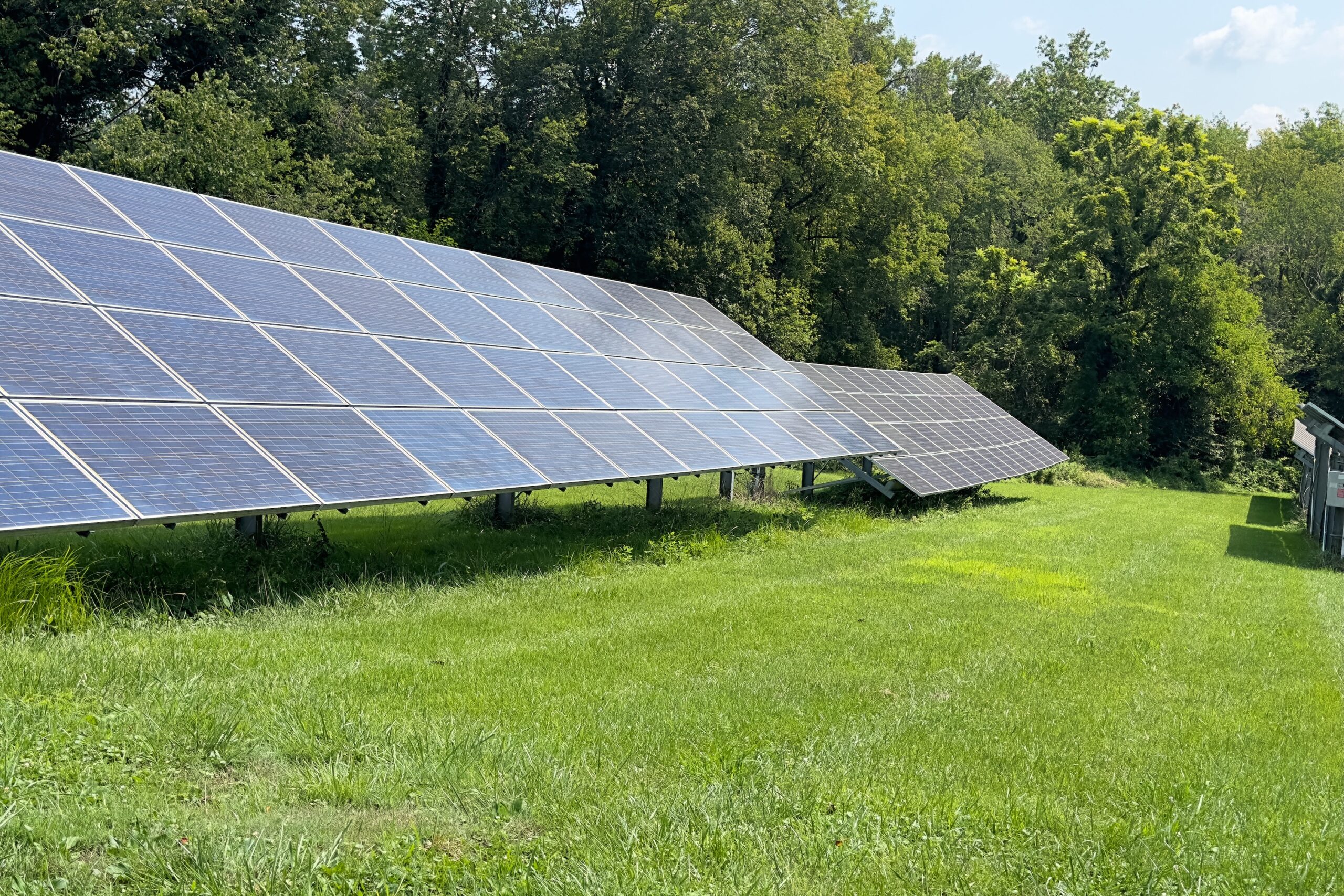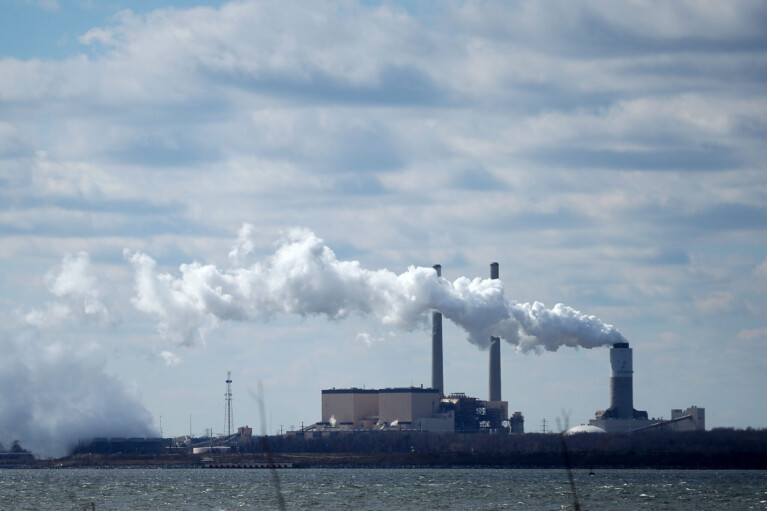Opinion: Preserve farmland and prioritize solar arrays in the built environment

By Holly Porter, executive director of the Delmarva Chicken Association; Steven Kline, president of Eastern Shore Land Conservancy; Kurt Fuchs, senior vice president of Horizon Farm Credit; Parker Welch, executive director of the Maryland Farm Bureau; and Lindsay Thompson, executive director of the Maryland Grain Producers Association.
It is often said that things can be done well or they can be done in a hurry, but usually not both. With that adage in mind, our organizations urge Maryland’s elected decision makers to chart a deliberate course during the upcoming session on issues related to siting ground-mounted solar on agricultural lands.
The state has legislated aggressive goals for renewable energy generation, and the bulk of that generation seems poised to come in the form of ground-mounted solar arrays on agricultural fields. From a few dozen acres of community-scale solar, to hundreds of acres of utility-scale generation, solar power could total up to tens of thousands of acres of Maryland farmland transitioning from food production to energy production.
Solar isn’t a temporary land use. Even with the best policy side boards to ensure topsoil remains on site, the likelihood that acreage dedicated to solar arrays will return to agricultural production is slim. Farm leases for solar development span decades, and the state’s ambitions for renewable energy simply won’t abide taking proven generation offline in the future. What’s more, is that far from just taking farmland out of production, solar projects put farmers out of work. Losing hundreds of acres of tillable ground to solar leaves individual farmers scrambling to find new acres in an ever-shrinking farmable landscape. Furthermore, for every one acre taken out of agricultural production there is a seven-fold impact on the local economy.
Prioritizing solar on agricultural fields may be cheaper in the short-term, but it is a mistake to exclude the long-term costs of lost farmland, forests, and open space in the calculus. The more appropriate place for solar development is the built environment like large parking lots and commercial buildings. When a parking lot is covered in solar panels, the parking remains. When a roof is covered with solar panels, the roof remains functional. When farm fields are covered by solar panels, they cease to be farms. Taking full advantage of the built environment for solar also allows energy generation to occur where the power is needed, not in rural corners of the state that require substantial transmission infrastructure to get the power to where demand is greatest.
In order to expedite its deployment, utility-scale solar has already been pre-empted from the typical local planning and zoning process. Before the state takes additional steps to further ease the process of siting solar on agricultural fields, we urge legislators to go slow on solar siting and consider the full suite of potential implications from any actions proposed.
Maryland farmers continue to be at the forefront of the conservation movement and are eager to lead the way in climate-smart practices that reduce emissions, enrich the soil and protect our water and air – all while producing more food, fiber, and renewable fuel than ever before. Farms and farmers have more to offer in the fight against climate change than finding their livelihood under a solar panel.



